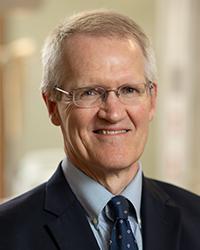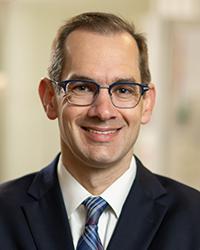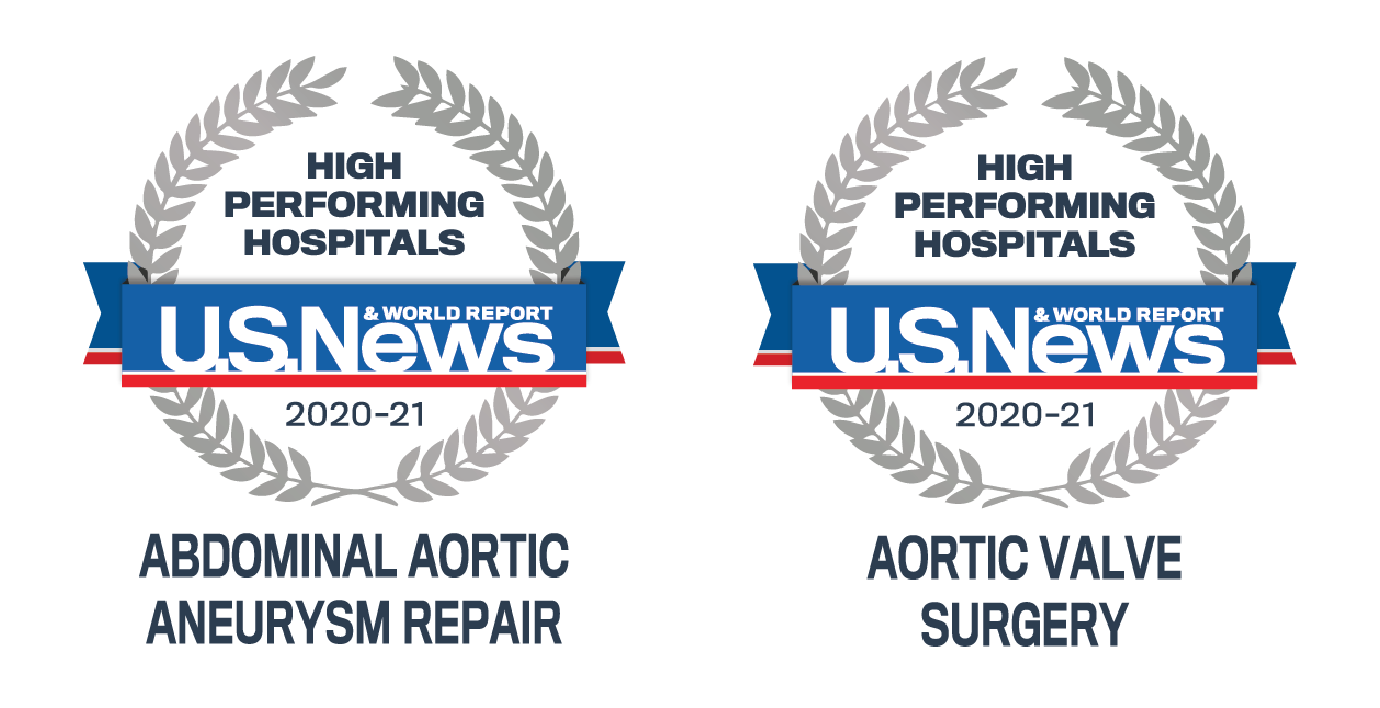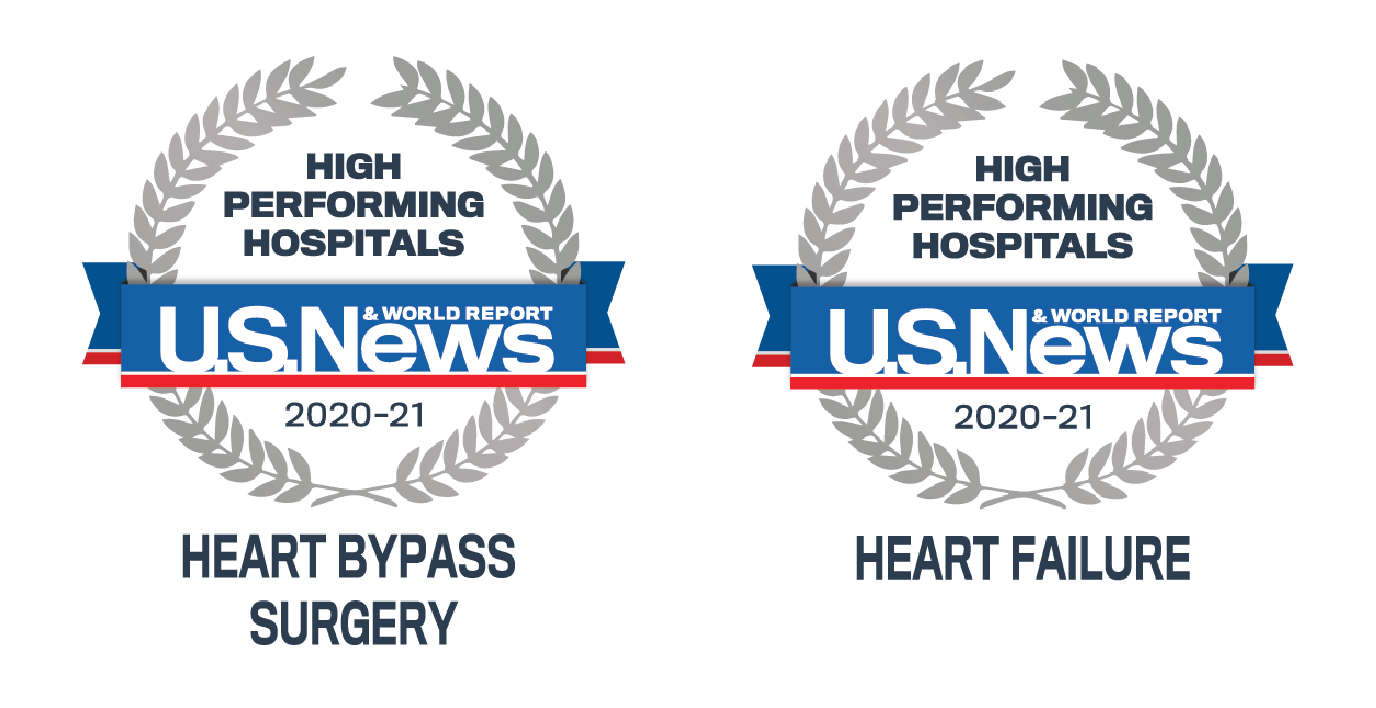View All Health Services
Heart Surgery
The UM St. Joseph Medical Center team of cardiac surgeons, who are faculty at the University of Maryland School of Medicine Division of Cardiac Surgery, have earned a distinguished three-star rating from The Society of Thoracic Surgeons (STS) for outstanding patient care and outcomes in coronary artery bypass grafting (CABG) and aortic valve replacement (AVR).
The three-star rating is earned by only 10-15% of cardiac surgery programs in the U.S., according to the STS.
Patients in need of cardiac surgery benefit from the joint program between surgeons from UM St. Joseph Medical Center and the University of Maryland Medical Center. Together, the University of Maryland Cardiac Surgery Program is bringing the most advanced cardiac surgery options and life-saving research to more patients than ever in Maryland.
Valve Clinic
At University of Maryland St. Joseph Medical Center's Valve Clinic, our mission is simple: to restore function to a diseased heart valve. We strive to provide each patient with a comprehensive, multi-disciplinary evaluation of their heart valve disease and the most advanced treatment options available. Our Valve Clinic includes cardiologists, heart surgeons, echocardiographers, intensive care physicians, pulmonologists, and other medical specialists. One of the doctors from our Valve Clinic will take the time to fully explain how the valves in your heart are functioning. If treatment is needed, we will explain all of the treatment options and guide you to an individualized plan. For each patient the complete evaluation and treatment can occur in one location and be scheduled conveniently. We often find that patients can be managed without surgery, or with a less-invasive option. If valve surgery is needed, you will receive the most advanced care available in the hands of our heart surgery team.
Mitral Regurgitation – Mitral Valve Repair or Replacement
The Valve Clinic sees patients with all types of valve problems including mitral regurgitation, mitral stenosis, aortic stenosis or insufficiency, bicuspid aortic valve, aortic root dilatation, and tricuspid regurgitation. Patients with mitral valve disease, particularly mitral regurgitation, are commonly referred to determine the need for surgery. Often patients can be followed closely with serial echocardiograms and an optimal medical regimen. For patients with severe regurgitation and symptoms, impaired left ventricular function, elevated pulmonary artery pressures, or atrial fibrillation surgery is usually indicated. At UM SJMC, our goal for patients who require surgery is to restore the function of the mitral valve and preserve the native valve whenever possible. We believe that a well-functioning native valve is the ideal outcome. This is best accomplished with a mitral valve repair. In some cases, the native valve cannot be restored to function and a replacement is necessary with a tissue or mechanical valve. In this case, we still strive to preserve the patient's native sub-valvular apparatus which maintains natural connections between the valve and the heart, and has been shown to improve cardiac function.
Aortic Stenosis – Aortic Valve Replacement / TAVR
Aortic stenosis is the most common heart valve disease in adults, and its prevalence is expected to double in the next 20 years. This disease can cause chest pain, difficulty breathing, light-headedness, and fatigue. For most patients, the optimal treatment is open heart surgery with valve replacement. Aortic valve replacement can provide relief from symptoms and a longer life. For older and higher risk patients we are able to place a new valve using a transcatheter aortic valve replacement (TAVR). This procedure can be done through a blood vessel, without opening the chest. The procedure is minimally invasive and delivers a new valve inside the old one, housed on a stent which anchors the valve in position. Recovery can be as short as 1-2 days in the hospital following this procedure.
Aortic Aneurysms - Aortic Grafting
Aneurysms represent a risk of sudden catastrophe in the form of aortic dissection or rupture. Surgical replacement with a synthetic aortic graft can provide treatment before that occurs. Studies from large centers show that in the general population the hinge point for increased risk of an aortic catastrophe is over 5.5cm. When the aorta reaches this size, it should be replaced, because the risk of surgery is lower than the risk of an aortic catastrophe. Conversely, for smaller-sized aortas, the risk of surgery is generally higher than that of a catastrophe. Certain subsets of patients such as those with Marfan disorder, Ehlers Danlos, Loeys Dietz, and a strong family history are at higher risk of an aortic catastrophe, and should be considered for surgery sooner.
Some ascending aortic aneurysms involve the root of the aorta and require replacement with re-implantation of the coronary arteries into the newly fashioned aortic root. Often, an aortic root aneurysm causes the aortic valve to become insufficient and leak. Increasingly, in appropriate patients, we are able to re-implant the patient's own valve into the new aortic root. This helps preserve natural valve tissue can avoid the implantation of a prosthetic heart valve.
Coronary Artery Disease – Coronary Artery Bypass Surgery
Heart disease is the number one killer in the US and coronary artery disease (CAD) is the most common form of heart disease in this country. Common risk factors for developing CAD are high blood pressure, high cholesterol, family history of CAD, smoking, diabetes, obesity, and physical inactivity. CAD is characterized by a build-up of plaque inside the arteries of the heart. These plaques can narrow arteries and restrict blood flow causing chest pain, shortness of breath, fatigue, or other symptoms. The plaques can also rupture and completely block the artery, causing a heart attack. Some patients with CAD can be ideally treated with medications alone or medications plus intra-coronary stents placed in the cardiac catheterization lab. For some patients with a heavy distribution of blockages, open heart coronary artery bypass surgery is the best option.
Coronary bypass surgery involves taking arteries from behind the chest wall, the forearm, or a vein from the leg to re-route blood around the blocked segments of the arteries on the heart. For selected patients this surgery can be the most effective way to alleviate symptoms, avoid a heart attack, and live longer. The outcomes for coronary bypass surgery have improved nationwide over the last 20 years. Our survival rate for coronary bypass surgery for the last 2 years is over 99.7%, one of the best in the region.




